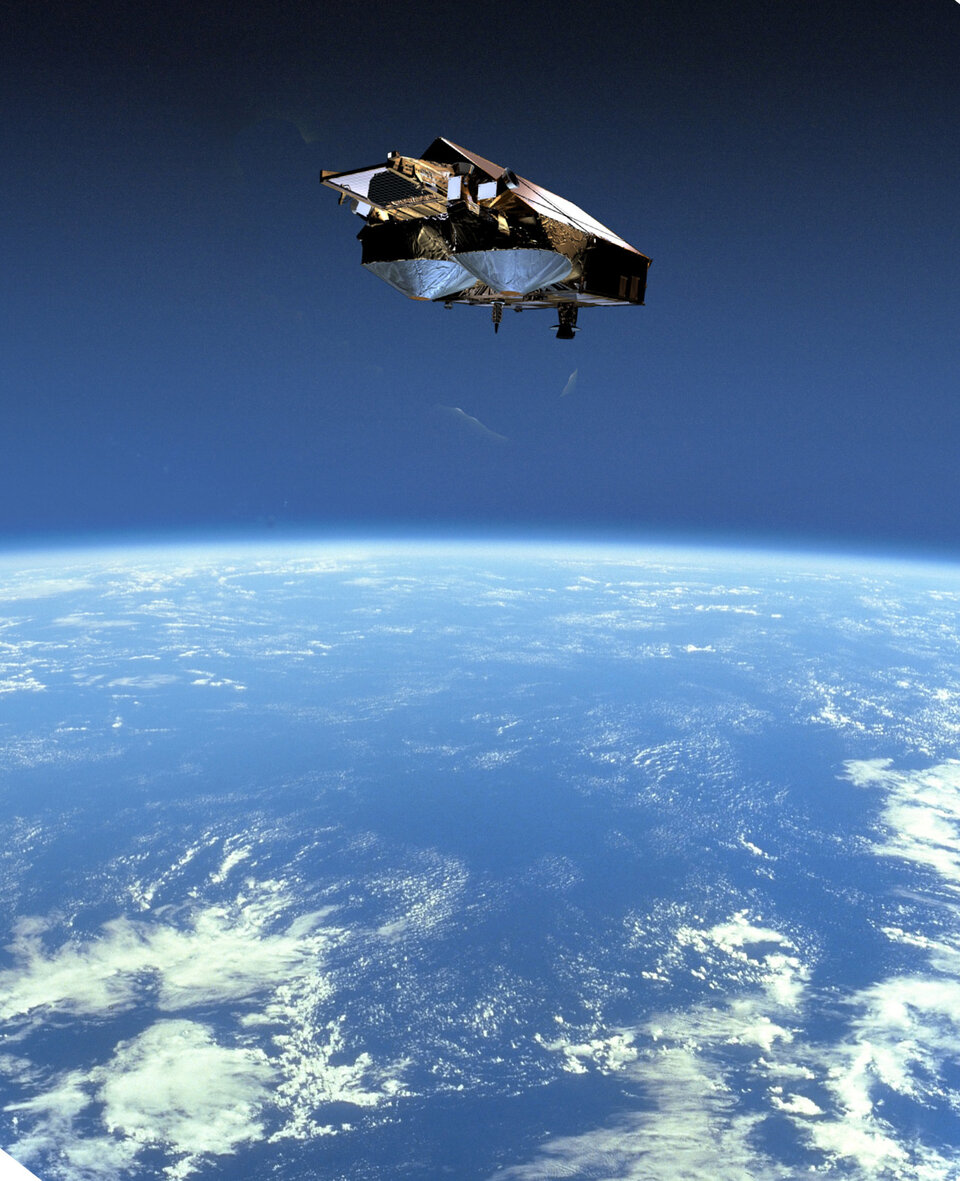Finnish 'fusebox' at heart of CryoSat satellite
Finland has given CryoSat the closest it has to a heart. Without its Power Distribution Unit from Finnish firm Patria, the satellite's radar altimeter would not scan and the ice researchers would not receive any data. As the satellite is prepared for its 8 October launch, Patria is also anticipating the imminent flight of Venus Express, which also uses Finnish know-how for space power.
The space business is full of short acronyms like PDU. It stands for Power Distribution Unit, but instead of using such jargon, Kimmo Myllyoja from Patria calls their shoe-box-sized electronic gizmo simply the "fuse box of the satellite".
In principle it does indeed work like a fuse box: the electricity produced by the solar panels is directed to the PDU, which then divides it up between the instruments and other spacecraft systems. It also protects the electrical systems from different kinds of malfunctions and dangerous situations.
In general a PDU takes care of commanding some critical functions, like opening the solar panels and antennas after launch, once its spacecraft has reached orbit. CryoSat is different from the majority of satellites here, because its solar panels are fixed to the 'rooftop' of the satellite and in fact it has no moving parts apart from some valves in the fuel system. CryoSat is very compact and simple satellite.

By extension one can also call CryoSat's PDU simple, but from the engineer's point of view it is quite complicated.
"It consists of eight different modules that were installed to satellite main frame", explains Myllyoja. "Because of a tight budget and timetable we simply delivered the modules to Germany, and although everything was made to ensure the electronic and mechanic compatibility, we couldn't verify it until the systems were installed within the satellite."
The Patria project team emitted a collective sigh of relief once everything went fine and systems started to work flawlessly.
The boxed PDU, filled with space qualified electronics, weighs in at a total of 15 kilograms and has been designed to withstand extreme vibrations and accelerations during launch as well as temperature changes and radiation in space. It sends information about the functioning of electrical system to the ground station and it can also be reprogrammed from Earth in case of problems.

The technology used in CryoSat's PDU is based on the similar systems used in Mars Express and Rosetta spacecraft. "We have our power units in 12 satellites and we have been working on this field for a long time", says Myllyoja, of Patria's space equipment unit.
"It takes a decade to get enough references and develop our methods and know-how. We started with simple power sources for space applications and now we're designing and manufacturing complex systems."
Space projects require patience as well as long term research and development. "In our case our activities originated from a company called Hollming, later Finnyards, and the first power sources were made for Nordic and Soviet space projects", recalls Myllyoja who explains that after consequent company restructuring, Patria is nowadays the biggest space company in Finland.
"In addition to power units we're making signal processing electronics and composite structures. ESA and the European space companies are our main customers, but we have delivered technology also to NASA."
After CryoSat Patria is looking forward to the launch of Venus Express, which also has a Finnish-made PDU.
"There is one major difference between CryoSat and Venus Express", Myllyoja concludes. "There is just one big instrument aboard CryoSat, but in Venus Express there are dozen of power-hungry systems." Looking forward to the launch of both babies, Myllyoja raises a thumbs up for the pair.






